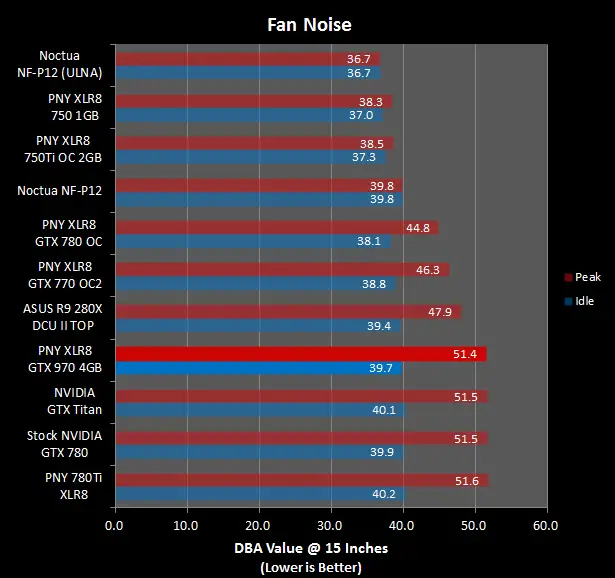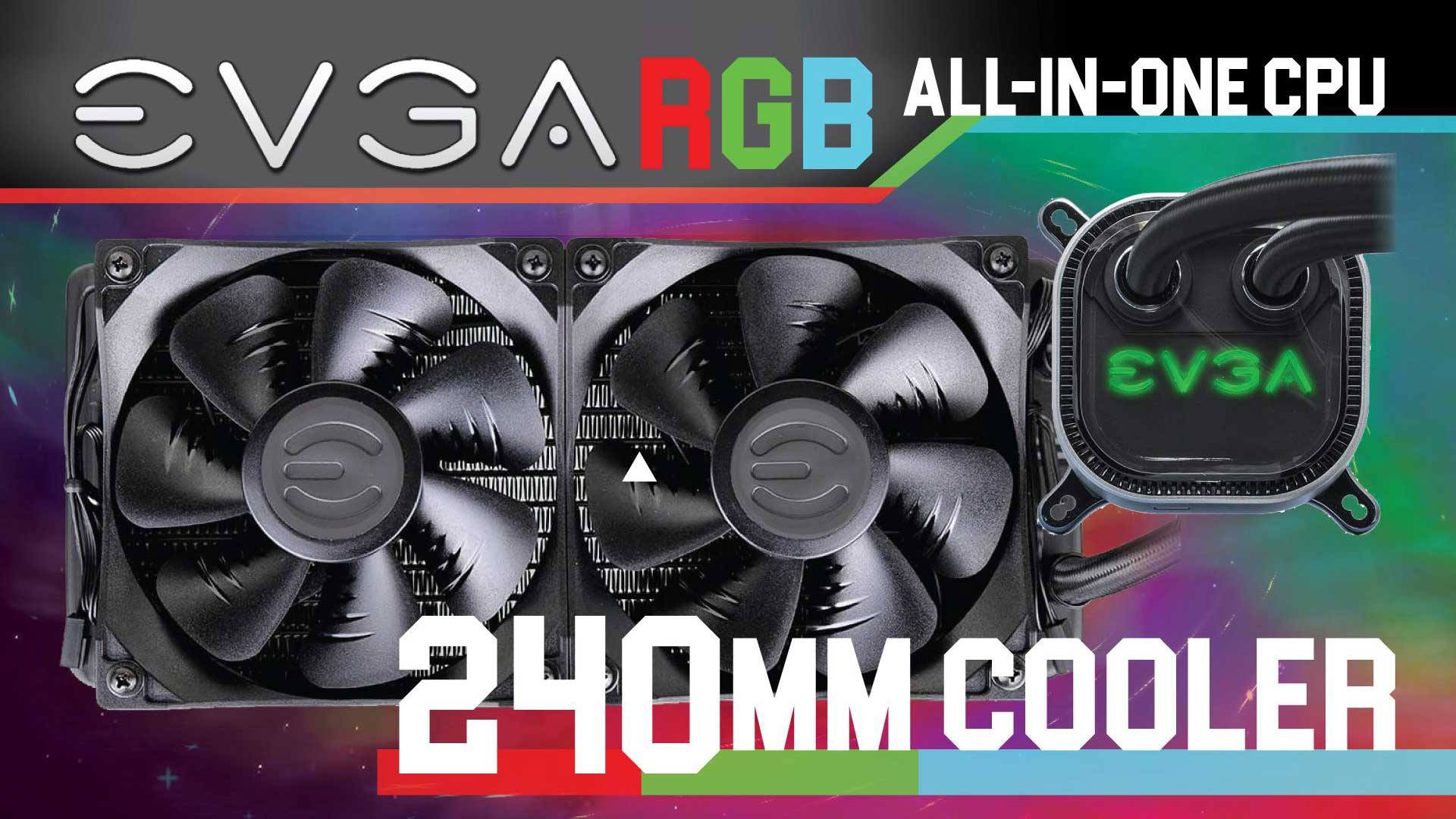Temperature, Noise, and Power Analysis
Video Card Temperature Results
For all temperature testing the cards were used in an open test bed environment. Ambient temperature was kept at a constant 20°C (+/- 0.5°C) and if the ambient room temperatures rose above 21°C or dropped below 19°C at any time, all benchmarking was stopped until proper temperatures could normalized.
For Idle tests, we let the system idle at the Windows 7 desktop for 25 minutes and recorded the peak temperature.
For Load tests, we ran Unigine’s Valley benchmark for 20 minutes.
Regardless of how less than perfect the stock cooler design is the fact of the matter is the GM204 core at stock levels is rather cool running. As such even a mediocre blower fan and small heatsink is more than enough to keep this core running within specifications. Of course we do wonder how large an impact on overclocking this heatsink and fan combination will have. We do have a sneaking suspicion that it and not the GM204 core will be the major limiting factor of overclocking. Hopefully this cooler has more performance than we think it does.
Sound Level Test Results
While everyone “hears” noise differently there is one easy way to remove all subjectivness and easily compare different fans: use a sound level meter. This way you can easily compare the various fans noise envelopes without us coloring the results and see what fans fit within your personal comfort level. Of course, we will endeavor to try and explain the various results – which are taken at a 15 inch distance from the GPU’s fan(s) – to help you gain an even better understanding of how loud a cooler’s stock fan is, but even if you discount our personal opinions, the fact remains numbers don’t lie.
For Idle tests, we let the system idle at the Windows 7 desktop for 25 minutes and recorded the peak dB.
For Load tests, we ran Unigine’s Valley benchmark for 20 minutes and recorded the peak dB.
We must admit that we thought this card was going to do worse than it did. Thankfully the GM204 is a cool running design and while the heatsink and blower combination PNY has opted for is rather less than optimal it still manages to keep noise levels within the realm of reasonable. We just wish that PNY had not gone down the blower route and instead had used one of their excellent custom down-draft style coolers on this bad boy.
System Power Consumption
To obtain accurate results we have connected the system to a Power Angle power meter that has in turn been attached to a 1500watt UPS. This ensures only 120volt power is supplied to the PSU and removes an variances that could potential crop up because of brownouts and power spikes.
In order to stress the video card we have once again used Unigine’s Valley benchmark and ran it for 20 minutes to determine peak system power consumption. For idle results we have let the system idle at the Windows 7 desktop for 25 minutes and recorded the peak idle power consumption.
Based on the 750Ti results, and low TDP of this card, we knew that Maxwell was a very power efficient GPU. What was not expected was exactly how big a power miser this bad boy really is. Take a close look at that cart and you will see a massive reduction in power consumption in just one generation. That really goes to show how big a paradigm shift the GM204 core is. The very fact that it not only requires less power but down right annihilates the previous generation 770 is just underscores how big a deal this new Maxwell core really is.














